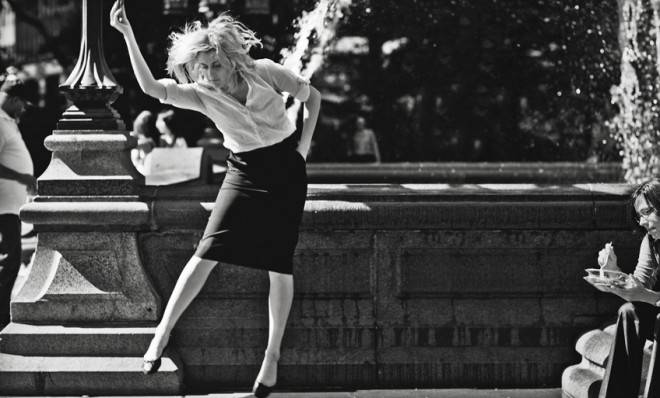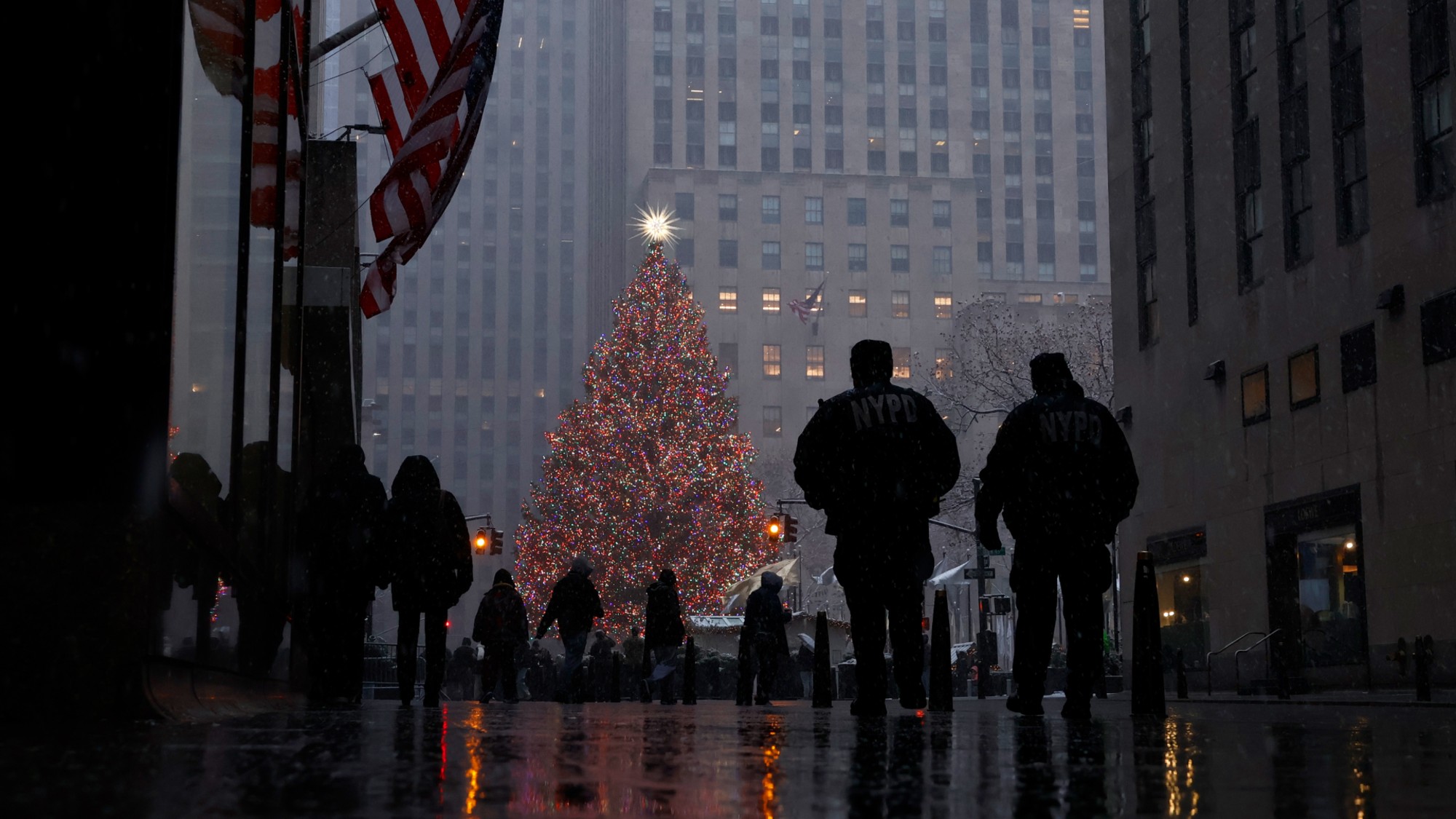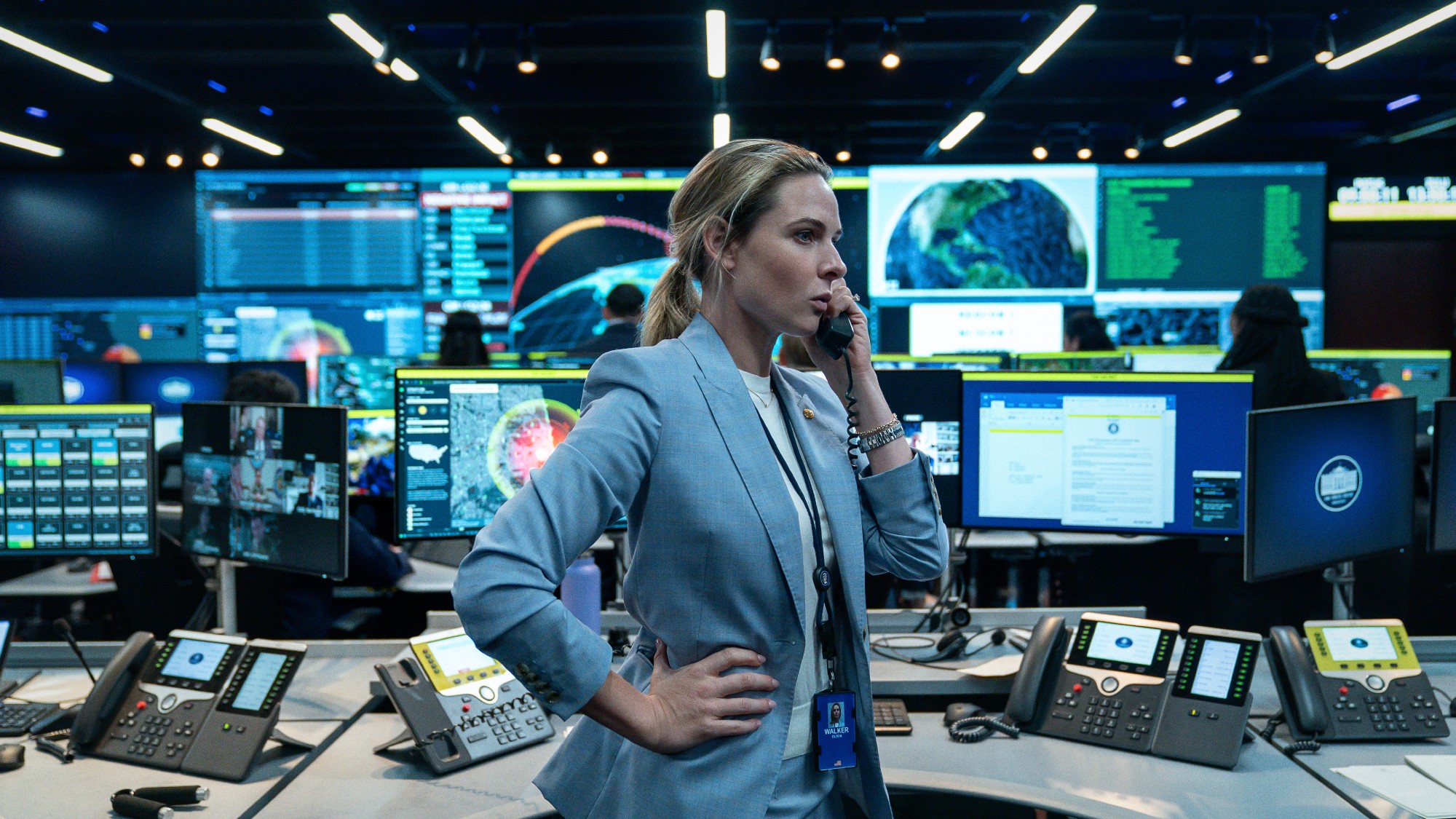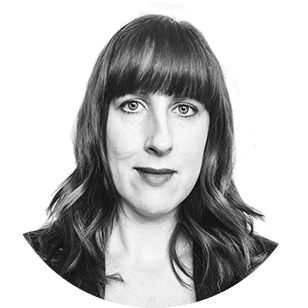Girls on Film: Independent film's shining, female-centric example
Big Hollywood blockbusters treat women as an afterthought. Independent film is a totally different story.


"Although for some people cinema means something superficial and glamorous, it is something else. I think it is the mirror of the world."
Jeanne Moreau — of Jules and Jim fame — said that during a press conference at the Toronto International Film Festival. Though she was discussing the intersection of art and terror in the wake of 9/11, her words spoke to the essence of film. It is a reflection of us, our reality and fantasy. But the film-as-a-mirror idea has a big problem: Women make up more than half of the population of the U.S., but are massively unrepresented in every aspect of film. And the problem is more complicated than you might think.
Kathryn Bigelow's historic Oscar win and the success of Bridesmaids might suggest the glass ceiling is breaking, but the numbers reveal an overall decrease in female representation. In 2012, Martha Lauzen found that women made up 5 percent of Hollywood directors, a 4-point decrease from 1998. In May, another study noted that women's representation in popular movies is at its lowest level in five years, and less than 30 percent of speaking characters in last year's popular films were female (down from 32.8 percent three years earlier). Just last week, an investigation of spec script sales (scripts sold after they were written) revealed that the percentage of female writers with sales decreased from 14 percent in the '90s to 9 percent in the last two years.
The Week
Escape your echo chamber. Get the facts behind the news, plus analysis from multiple perspectives.

Sign up for The Week's Free Newsletters
From our morning news briefing to a weekly Good News Newsletter, get the best of The Week delivered directly to your inbox.
From our morning news briefing to a weekly Good News Newsletter, get the best of The Week delivered directly to your inbox.
In a recent article at NPR, Linda Holmes discussed her hunt one day for films about women amongst the 617 showings in the D.C. metro area. Of those showings, 90 percent (561) were about men, including Man of Steel, This is the End, and Star Trek Into Darkness. Only three films featured balanced casts for 31 showings — Before Midnight, Shadow Dancer, and Wish You Were Here. Four films featured women or girls for 25 showings — The East, Fill the Void, Frances Ha, and What Maisie Knew.
Ninety percent of screens were filled with male-centric content in D.C., while men filled 100 percent of the screens in less populated areas. As Holmes noted, Frances Ha was the most widely available women-centric film at the time of her research, screening in only 213 theaters across the entire country, while Before Midnight led even-handed features with 891 theaters. (In comparison, The Internship, a comedy with terrible reviews that is still struggling to make back its production budget after three weeks, was screened in 3,399 theaters.) "In many, many parts of the country right now,” Holmes wrote, "if you want to go to see a movie in the theater and see a current movie about a woman — any story about any woman that isn't a documentary or a cartoon — you can't."
Go back to June 1998, and theaters offered the likes of Mulan, The X-Files, Six Days, Seven Nights, and Can't Hardly Wait. It wasn't a cornucopia of women, but there were options on thousands of screens. Today, regardless of these so-called ceiling-breaking achievements, women in film are harder to come by. The summer is primed to offer only one big, women-starring release at the end of each month: The Heat, starring Melissa McCarthy and Sandra Bullock, will finally hit over 3,000 theaters this week; on July 26, Aubrey Plaza leads The To Do List; and August 23 brings Lily Collins' The Mortal Instruments: City of Bones.
There is, however, one place where women are shining: Independent film. We know the numbers: Studies show that women are more successful in indie film, and Sundance made waves earlier this year when it announced an unprecedented 50-50 split between male and female directors in competition. But this year's indie cinema also shows a diverse mix of femme-centric storylines.
A free daily email with the biggest news stories of the day – and the best features from TheWeek.com
IndieWire just conducted a critics poll to determine the best films of 2013 so far. Every film in the top five, and most of the top ten, feature equal representations of men and women, or are focused solely on women: Before Midnight, Upstream Color, Spring Breakers, Frances Ha, and Stories We Tell. The first two offer equal representations, while the final three are dominated by women; three were at least partially written by women, and the last was helmed by one (Sarah Polley). That top five — culled almost entirely from male respondents, mind you — shows more diversity than anything we've seen in mainstream cinema this year. They feature strong and weak women of various ages who find themselves in worlds of romance, science fiction, crime, friendship, and family.
These films are a great antidote to the femme-centric anemia Hollywood suffers, yet it's nearly impossible for the average moviegoer outside of large cities to see them until they hit VOD and disc. Not one of the top five started its release in more than five theaters, and Spring Breakers is the only one that ultimately broke 1,000 screens (1,379). The next highest was Before Midnight with 897, and then Frances Ha with 233, Stories We Tell with 70, and Upstream Color with 43.
There is, of course, a question of thematic accessibility. A strange and dense science fiction film like Upstream Color will not appeal to as many people as an easily accessible, long-loved series like Star Trek. But we must remember that arthouse films make up only a portion of independent films, and superhero films do not appeal to everyone; they only found modern success after years of crafting the stories in a number of formats, testing out what works with the masses (unorthodox casting like Michael Keaton as Batman) and what doesn't (nipples on a Batsuit). They were given many years to find their footing beyond the comic book world, and while Shane Carruth's complicated sci-fi will never be mainstream, films like Ha and Stories could resonate with larger audiences.
The growing home theater movement also complicates the issue. The days of tiny televisions and fuzzy analog signals are long gone. Today, film fans can simply stream their desired film in high definition from the comfort of their couch. Cinematic immediacy is dead, save the flashy tentpole features that insist we must, must, must see the action on a big screen in 3D. Smaller films are easily pushed to the side as we line up for blockbusters like children attracted to bright, shiny objects.
So how do we get independent films on more than a small handful of screens? How can we get big audiences the chance to see this year's women on the big screen?
Action wasn't always the heart of the mainstream box office. In the 1960s, half the decade's box office top ten (The Sound of Music, Doctor Zhivago, Mary Poppins, My Fair Lady, and Funny Girl) were focused on women. Then everything changed with the arrival of Jaws and Star Wars. These blockbusters changed cinema so quickly, and so thoroughly, that by the 1980s — for the first time in history — not one film in the decade's box office top ten featured a woman, other than supporting players like Princess Leia and Lois Lane.
The male-centric action film became cinematic habit. Basking in adrenaline, we forgot much of the charm of cinematic diversity. We allowed the blockbuster marketing machine to make the rest of cinema seem like a niche interest, rather than one essential piece of a larger film puzzle. We allowed the Indiana Joneses and Luke Skywalkers to replace women rather than join them.
As we've previously discussed, a lot can change if studios open their arms to female talent and storylines. A lot can also change if we figure out how to make what we already have accessible.
Independent film has potential: Distributors listen to interest and numbers. The more successful a limited release is, the wider release the film gets. This is the one area that generally sees immediate results. Theaters don't shrug indie films off as flukes — they screen the film in more theaters to meet the demand.
Those lucky enough to be in urban centers must shake off the urge to see flashy, male-centric blockbusters first. Instead, fill the theaters for women-centric indies. That will help spur a wider release. If you're not lucky enough to regularly have female-centric indies in your town, show your local theater that you want more by packing the house whenever such a film is shown. It's not going to magically fix this broken system, but it will allow the masses to enjoy what's already out there — a mix of solid, well-reviewed films that feature female protagonists.
Gwyneth Paltrow's Pepper Potts and Amy Adam's Lois Lane are not the only fierce women on the big screen this summer. Some actually get to lead their own stories. There are theaters out there, right now, showing one of cinema's most dynamic women, Julie Delpy's Celine in Before Midnight. Others are showing Frances Ha, one of the very few films that explores a coming-of-age tale through a woman's relationship with her best female friend.
Cinema's mirror might be cracked, but there's a forgotten sliver that shines. We just have to pay attention to it.
Girls on Film is a weekly column focusing on women and cinema. It can be found at TheWeek.com every Friday morning. And be sure to follow the Girls on Film Twitter feed for additional femme-con.
Monika Bartyzel is a freelance writer and creator of Girls on Film, a weekly look at femme-centric film news and concerns, now appearing at TheWeek.com. Her work has been published on sites including The Atlantic, Movies.com, Moviefone, Collider, and the now-defunct Cinematical, where she was a lead writer and assignment editor.
-
 How climate change is affecting Christmas
How climate change is affecting ChristmasThe Explainer There may be a slim chance of future white Christmases
-
 The MAGA civil war takes center stage at the Turning Point USA conference
The MAGA civil war takes center stage at the Turning Point USA conferenceIN THE SPOTLIGHT ‘Americafest 2025’ was a who’s who of right-wing heavyweights eager to settle scores and lay claim to the future of MAGA
-
 The 8 best drama movies of 2025
The 8 best drama movies of 2025the week recommends Nuclear war, dictatorship and the summer of 2020 highlight the most important and memorable films of 2025
